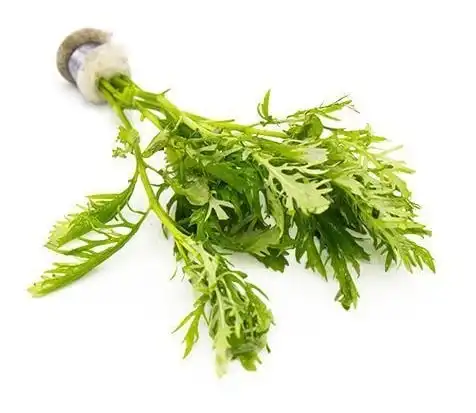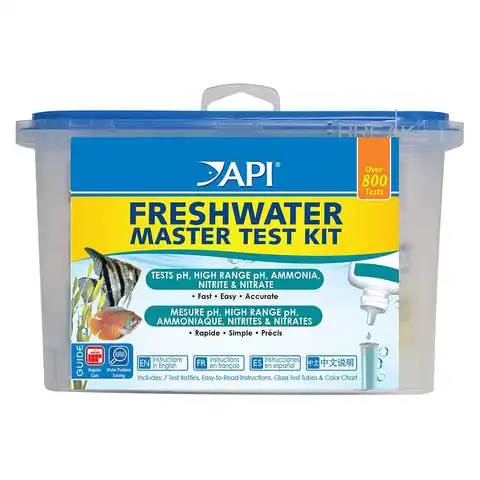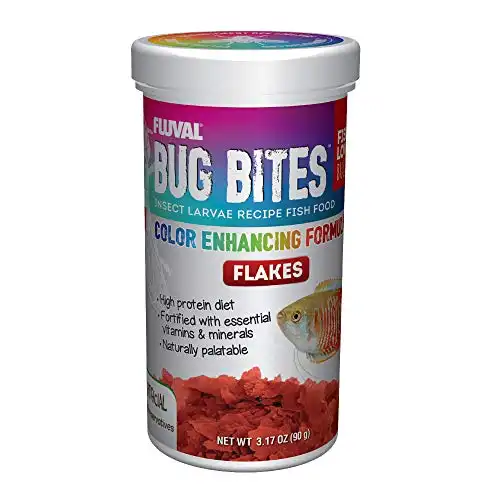Thank you for visiting! By the way… any links on this page that lead to products on Amazon and other stores/partners are affiliate links Aquarium Store Depot earns a commission if you make a purchase.
The Pearl Gourami is a stunning freshwater fish originating from the heavily vegetated, slow-moving waters of Southeast Asia. It boasts an attractive pearl-like pattern and can adapt to varying tank conditions, making it ideal for any home aquarium! This guide covers all aspects of caring for these remarkable creatures, including their natural habitat, appearance, dietary needs, how to set up your tank accordingly as well as breeding tips.
Key Takeaways
- Pearl Gouramis are stunning fish with beautiful patterns & colors, and can live up to 9 years.
- Create the right tank setup for them – a 30 gallon tank (40 gallon recommended) with plenty of floating plants & dim lighting, along with the correct water parameters for optimal health.
- Choose peaceful tank mates and provide proper nutrition to ensure healthy fry. Regular maintenance is key in preventing common diseases.
Species Overview
| Scientific Name | Trichopodus leerii |
| Common Names | Pearl Gourami, Lace Gourami, Mosaic Gourami |
| Family | Osphronemidae |
| Origin | Southeast Asia (Thailand, Malysia, Borneo and Sumatra) |
| Diet | Omnivorous |
| Care Difficulty | Moderate |
| Activity | Active |
| Life Expectancy | 5 Years |
| Temperament | Peaceful |
| Tank Level | Mid to Top |
| Minimum Tank Size | 30 gallons (113 liters) recommended 40 gallons (151 liters) |
| Water Temperature Range | 75-82°F (24-28°C) |
| Water Hardness | 5-12 dKH |
| pH Range | 6 – 7 |
| Filtration/Water Flow | Moderate |
| Water Type | Freshwater |
| Breeding | Bubble Nester |
| Difficulty to Breed | Moderate |
| Compatibility | Community Tanks |
| OK, for Planted Tanks? | Yes |
Introduction
These beautiful fish are native to the Indian and Pacific Oceans, and their natural habitats in these regions provide an interesting backdrop for them. They are considered one of the most docile Gourami Fish you can purchase in the hobby. They will get along with a wide variety of fish, and their medium size allows them to be featured as a centerpiece fish in many medium sized tanks.
Origin And Natural Habitat
Trichopodus leerii, more commonly known as Pearl Gouramis, originates from parts of Southeast Asia like Thailand, Malaysia and the islands of Borneo. These fish make their home in slow moving waters which plants densely populate. Think lowland swamps and peat swamps, the same environment inhabited by similar fish species such as Lace Gourami.
Due to this preference for shaded areas with plenty of vegetation, Pearl gouramis require lower pH levels than is typically found in standard freshwater community aquarium set ups, but that doesn’t mean they cannot adapt well! They have proven themselves to be quite hardy when facing less acidic water parameters making them suitable residents even for smaller tanks at home.
Appearance
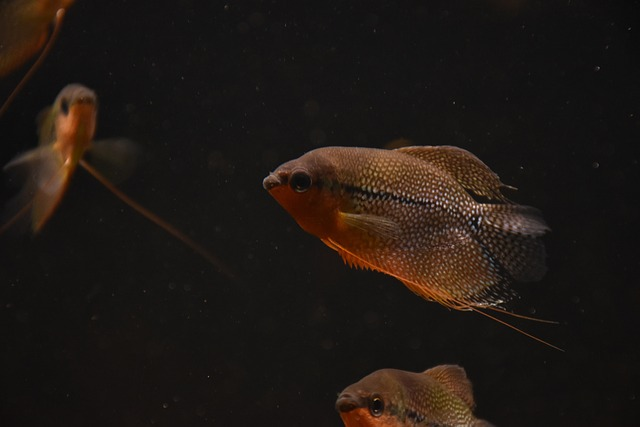
Pearl Gouramis are a stunning sight to behold. They have a bold pearl like pattern appearance across their body along with a black line. They have long ventral fins that give them effortless movement within their environment. Male gourami differ from females in how they present themselves: males tend to be more colorful around their throat region and have longer dorsal fin points, whereas females appear less vibrant but offer up rounder bodies for a distinct look.
Lifespan
Pearl Gouramis can live for up to 9 years when given optimal conditions and care. The usual lifespan in captivity is 4-5 years. Proper maintenance of the fish’s environment will increase its chance of reaching this extended period. Keeping Pearl Gourami healthy means providing suitable habitat, balanced diet, and a low stress environment. Doing so allows them to thrive and reach their full potential life expectancy.
Average Size
Pearl Gouramis, which are freshwater fish typically found in home aquariums, can grow to a size of around 4-5 inches. In order for them to thrive and be healthy, it is essential that the tank space provided accommodates their size. Males tend to be slightly larger than females. Keeping an adequate amount of room when housing a group of these attractive creatures will ensure they remain contented inhabitants.
Types Of Gouramis
You may be surprised about this, but there are actually two types of Peal Gourami species available in the hobby. The first one featured in our featured photos is the most common type. There is also another type called the Gold Pearl Gourami. While not as common as the Pearl Gourami, they offer colors that are unique and will cohabit with the common Pearl Gourami without any issues.
Caring For Pearl Gouramis
Now that we understand the origins of these exquisite fish, it is time to explore how best to take care of them. We will look at what would make an ideal tank setup and size, what water conditions they favor, and discuss their feeding requirements so your aquarium can provide a perfect environment for them.
Tank Setup And Size
For an optimal environment for your Pearl Gouramis, the bare minimum is to get a tank of at least 30 gallons (40 gallons is recommended). To best suit these active swimmers, make sure the aquarium has a rectangular shape that provides them with ample space. Create their new home by adding floating plants and dim light (like in their natural habitat) as well as darker substrates such as fine-grained gravel or sand that makes them feel secure. Having hiding spots around the pearl gourami tank also helps create comfort for your fish!
You will also want to have open spaces at the top of the tank so the fish can use their labyrinth organ and build their bubble nests. Dimmer lights are best. Since they prefer a dimmer environment, you can go with low light plants so you can still keep them in their preferred environment while also keeping plants that are okay with the dimmer environment. Here are some lower light plants to consider:
An easy to grow and great beginner floating plant to try!
Water Parameters
In order to maintain optimal health and well-being, pearl oysters should have water with a pH level between 6 and 7, temperature ranging from 76°F to 82°F and hardness 5-15 dKH. Although these fish are able to adapt to different environments, changing conditions might be necessary for their survival if needed by monitoring the parameters of your aquarium’s water quality regularly. This will ensure that they stay healthy.
Best Aquarium Test Kit For Freshwater
With all the essentials and accurate testing, this test kit is the best one to get you started
It is suggested that you do 25% water changes every two weeks in order not only to improve the habitat but also to prevent any problem related to bad conditions as it may affect your gouramis’ state negatively. Keep in mind that water changes should be done to the main parameters. Look out for these parameters and make a water change if these parameters below are out of wack:
Diet And Feeding
Pearl Gouramis are omnivores, meaning they consume a mixture of different types of food such as bugs, eggs, algae, and plants. For their diet to be balanced, it should include quality flake feed coupled with live or frozen options like brine shrimp, blackworms or bloodworms. Plus, spinach leaves, or lettuce can also help offer additional nourishment. When feeding them meals, you must do this 1-2 times per day and watch out for any uneaten portions since these may deteriorate the water condition, creating harm to your fish’s health, so keeping track in order to modify accordingly is key!
A flake version of Fluval's amazing pellet bug bits products. Great for all tropical fish and high in protein.
Behavior And Social Dynamics
To ensure the well-being of Pearl Gouramis in a community tank, it is essential to recognize their behaviors and social dynamics. This article will explain their general personality and attitude as well as how to choose appropriate companions for them.
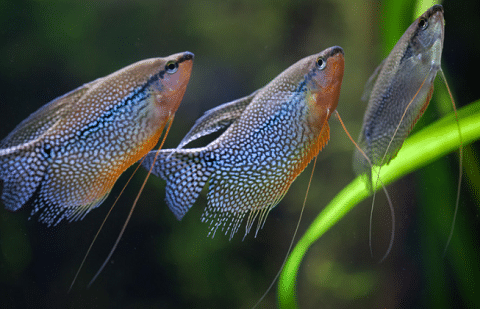
Pearl Gouramis have gentle demeanors that are slightly shy around others. They would rather be with other species members when placed in an aquarium setting. Despite this, though, these fish make excellent additions to peaceful tanks due to being relatively calm temperamentally. Caution should still be taken regarding choosing the correct tank mates so there isn’t any hostility within the environment created by mixing together incompatible species or individuals who exhibit aggressive tendencies towards one another.
General Behavior And Temperament
Pearl Gouramis, also called mosaic gourami, are celebrated for their tranquil and sociable disposition. They usually get on well with other fish inhabiting the same tank and enjoy living in communities. That being said, male pearl gouramis can become aggressive during the breeding season, so it is essential to monitor them closely to ensure a peaceful atmosphere within the aquarium habitat.
These labyrinth fish prefer swimming between the top and middle layers of tanks, where they find floating plants particularly attractive since they offer security when constructing bubble nests which are part of their reproductive period cycles.
Ideal Tank Mates
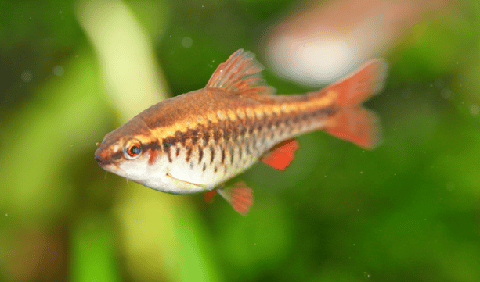
When setting up a tank to house Pearl Gouramis, peaceful fish such as:
- Rasboras
- Corydoras catfish
- Tetras
- Rasboras
- Cherry barbs
- Geophages Cichlids
- Dwarf Cichlids
- Livebearers
It is also suggested that they are kept in groups. This provides them with an added feeling of security, which reduces their stress levels. They have similar demeanors to the Honey Gourami. They will get along with more fish, but be careful with housing with other Gouramis. With any community tank, though, make sure there is enough space for all of its inhabitants and shelter provided if needed.
Tank Mates To Avoid
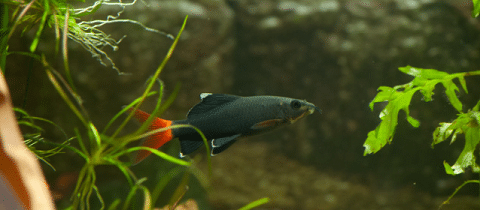
When considering what species to keep with your Pearl Gouramis, you should avoid any fish that are overly aggressive or have a tendency to nibble on fins. It is also not advisable to house larger and hyperactive fish in the same tank as this will cause undue stress for the gouramis. Here are some obvious bad picks:
- Aggressive fish like large Cichlids
- Betta Fish
- Tiger Barbs
- Many other Gouramis
- Red Tailed Sharks
By selecting appropriate tank mates carefully, it can help create an environment where everyone thrives peacefully together.
Breeding
When it comes to breeding Pearl Gouramis, aquarium hobbyists can expect an enjoyable experience (video source). To start with, the male and female fish must be identified. Male specimens feature more vibrant colors. They are also a bit smaller than females of this species.
For successful reproduction, certain environmental factors should be considered – temperature control being particularly important for optimal spawning conditions. Lastly, after hatching out young fry from eggs laid by their parents, giving them special attention is necessary in order to ensure healthy growth until they reach the maturity stage themselves one day!
Identifying Males And Females
Identifying the sex of Pearl Gouramis adults is often simpler than with juveniles since their visual characteristics and hues become more evident as they grow. This information is critical for creating a compatible breeding couple to make sure everything goes smoothly during the process. Male specimens are much brighter in coloration around their throat area and fins than female specimens, which present muted colors plus rounder body shapes. Also, males have extended pointed dorsal fins, while females do not demonstrate such features.
Breeding Conditions And Process
In order to successfully breed pearl gouramis, the ideal environment needs to be set up. The requirements are a separate breeding tank with dim lighting and floating plants for cover as well as live foods present in the water that should remain soft yet slightly acidic at a temperature of around 80°F. This will provide increased chances of eggs being fertilized once they’re laid by the female into what is known as a bubble nest built by her mate -the male Pearl Gourami – amongst those same vegetation pieces used for security purposes earlier mentioned.
Like with Bettas, the male will guard the eggs in the bubble nest once laid. Remove the female after the eggs are laid. Once the eggs hatch, remove the male to keep them from eating the fry.
Caring For Fry
Once the fry has hatched, offering them good nutrition is key to their healthy development. Start feeding with infusoria, then move onto brine shrimp or powdered fish foods tailored for fish fry until they reach about 1 inch in size. When this stage has been reached, it may be time to introduce your Pearl Gourami fries into a community tank that provides optimal care necessary for their long term growth and well being.
Common Diseases And Prevention
Pearl Gouramis may sometimes be vulnerable to illnesses, including fin rot – a bacterial infection caused by injury. To avoid such diseases and ensure the good health of these aquarium fish, it’s essential that you maintain excellent water quality in the tank and regularly change the water while also avoiding aggressive fish as tank mates.
In case your Pearl Gourami does contract this condition, isolation is recommended immediately to protect other inhabitants from contamination. Treatment for infections normally includes antibacterial medication being added into their aquatic environment and consistent monitoring of recovery progress over time.
Frequently Asked Questions
Do Pearl Gouramis need to be in a group?
Pearl Gouramis are best kept in a group, with other fish that they can get along with. Keeping them together is essential to provide these peaceful fish the companionship and interaction it needs within their tank environment. They are best in a group of 5-6.
How big does a pearl gourami get?
Pearl gouramis usually reach a body length of 4-5 inches, though their ventral fins can add some extra length. The males are usually larger than the females.
What fish can you keep with Pearl Gourami?
Pearl Gouramis are considered great tankmates with a variety of other fish, such as Dwarf Gourami, Emerald Tetra, Bristlenose Plecos, Kuhli Loach and Cherry Barbs plus numerous types of Corydoras species and shrimp.
What is the ideal tank size for Pearl Gouramis?
For a small group of pearl gouramis, the tank size should be no less than 30 gallons, with 40 gallons being recommended to maintain a community fish of other fish.
What are the ideal water parameters for Pearl Gouramis?
Pearl Gouramis are suited to water with pH values ranging from slightly acidic up to slightly alkaline, along with a temperature between 76-82°F and a hardness of 5-12 dKH.
Closing Thoughts
Are you excited to bring Pearl Gouramis into your fish tank? Then this guide is just what you need! These hardy fish possess a peaceful nature that makes them highly suitable for both beginner and expert aquarists. With the right setup, diet, water parameters, and environment in place, these captivating creatures can be part of your home tank for many years.
Have you kept these standout fish before? If so, let us know in the comments. We love to hear from our readers. Leave a comment, and let’s start a conversation. Until next time!
- About the Author
- Latest Posts
I’m thrilled that you found Aquarium Store Depot! Here you’ll find information on fish, aquariums, and all things aquatics related. I’m a hobbyist (being doing this since I was 11) and here to help other hobbyists thrive with their aquariums! I adhere to a high quality Editorial Process and Review products with real life field usage and practical analysis.


